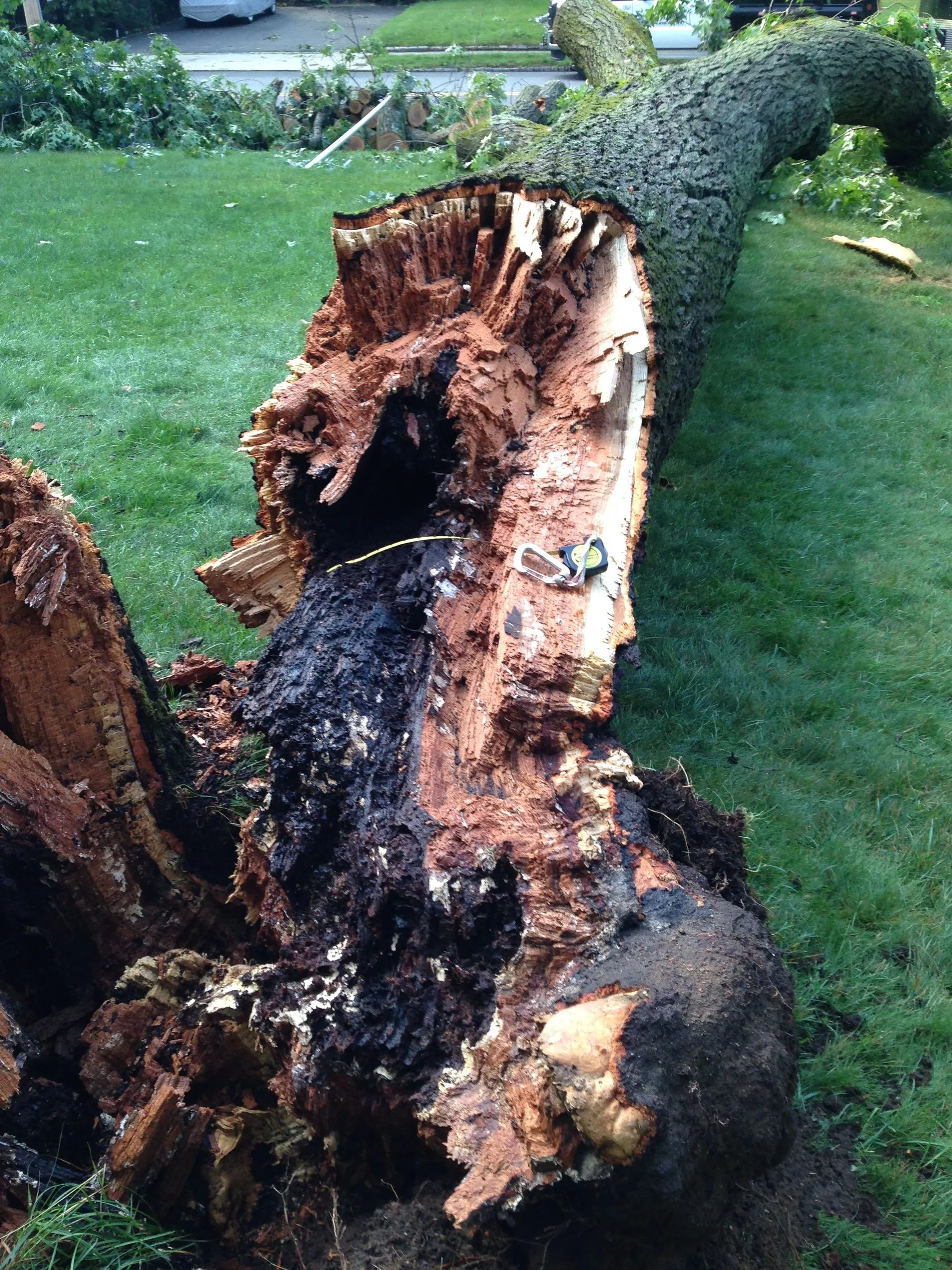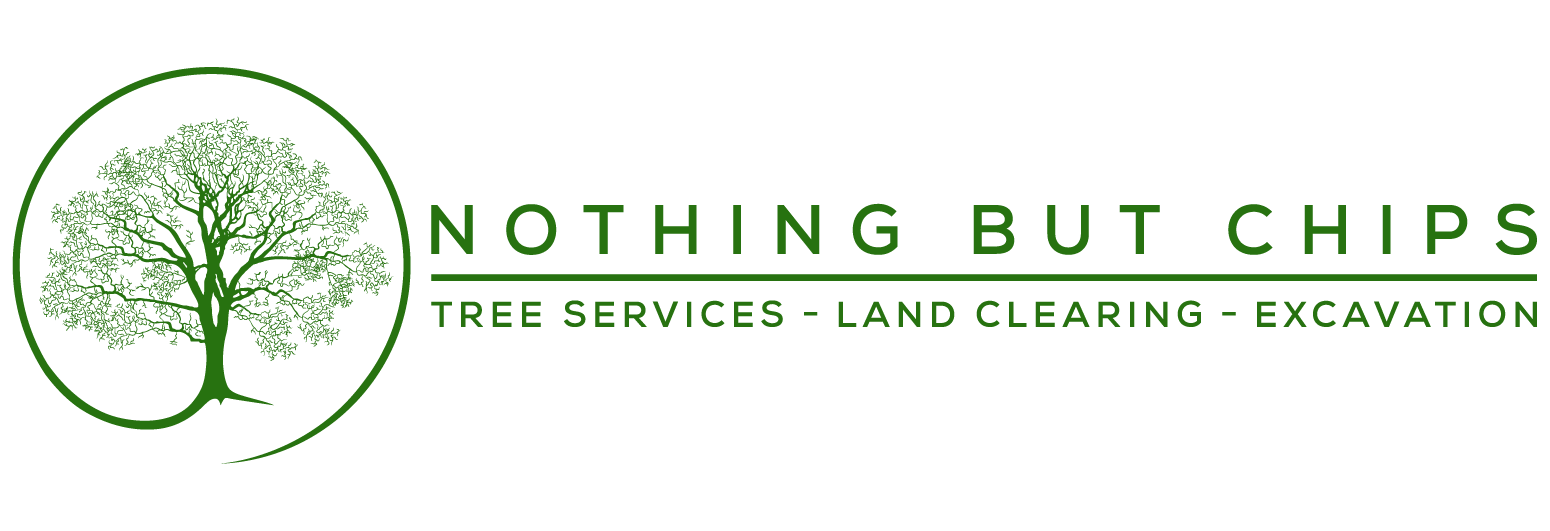1. Fungal Infections:
One of the primary culprits behind tree rot is fungal infections. Fungi are naturally present in the environment, and some species can attack trees, particularly when they encounter vulnerable areas such as wounds, pruning cuts, or tree cavities. Fungi break down the tree’s cellular structure, causing decay and weakening its core.
2. Prolonged Moisture:
Moisture plays a vital role in the life of a tree, but excessive and prolonged dampness can be detrimental. Trees with poor drainage or those constantly exposed to standing water are more likely to develop rot. Wet wood creates an ideal environment for fungi to thrive, accelerating the decay process.
3. Physical Damage:
Physical damage to a tree, whether caused by storms, improper pruning, or construction activities, can create entry points for fungi. Once the protective bark layer is compromised, pathogens can easily enter the tree’s inner tissues and start the decay process.

4. Insect Infestation:
Some insects, such as carpenter ants and beetles, can contribute to tree rot indirectly. These pests bore into the tree’s wood, creating tunnels that not only weaken the tree’s structure but also introduce fungal spores, leading to decay.
5. Poor Tree Health:
A weakened or stressed tree is more susceptible to rot. Factors such as nutrient deficiencies, soil compaction, and inadequate watering can compromise a tree’s ability to defend against pathogens, making it more prone to infection and decay.
6. Age and Tree Species:
As trees age, their ability to fight off diseases diminishes, making them more vulnerable to rot. Additionally, some tree species are more prone to decay than others due to variations in their wood composition and natural defense mechanisms.
Consequences of Tree Rot:
Tree rot can have far-reaching consequences, both for the affected tree and the surrounding environment. A tree with rot becomes structurally unstable, increasing the risk of limb failure or complete tree collapse. Falling branches or a toppled tree can pose significant safety hazards to people, property, and nearby structures.
Moreover, the loss of a mature tree due to rot can lead to an ecological imbalance in the local ecosystem. Trees provide essential habitat and food sources for wildlife, and their removal can disrupt these delicate relationships.
Early Detection and Prevention:
Early detection is crucial to managing tree rot effectively. Regular tree inspections by certified arborists can help identify signs of decay and address potential issues before they worsen. Look for visible symptoms such as conks (shelf-like fungi) on the trunk, soft or crumbly wood, or unusual branch dieback.
Preventing tree rot involves implementing several key practices:
1. Proper tree care, including regular pruning and removal of dead or diseased wood.
2. Promoting good tree health through adequate watering, soil aeration, and appropriate fertilization.
3. Avoiding unnecessary damage to trees during construction or landscaping activities.
4. Ensuring proper drainage around trees to prevent waterlogging.
Conclusion:
Tree rot is a serious threat that can compromise the safety and health of trees. Understanding the causes of tree rot and implementing early detection and prevention measures are essential in preserving the beauty, integrity, and ecological significance of our valuable trees. By working together and prioritizing proper tree care, we can help protect these natural wonders for generations to come.

